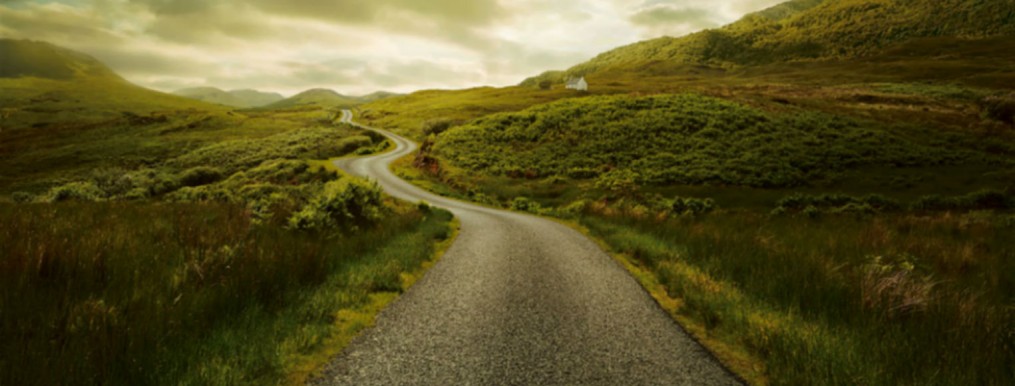For anyone interested in the bodhisattva project, the historic contention between the Theravada on the one hand and the Mahayana/Vajrayana on the other cannot be overlooked. While the Theravada, it is assumed, champions the arahant, the later Buddhist traditions champion the bodhisattva, and the line of conflict between these camps has been drawn about there. But this is in fact a facile, not to mention fatuous, division, as I have personally known Theravadan (allegedly “hinayana”) monks who had themselves made determinations to become a buddha. For example, the late Venerable Panaduwa Khemananda of Nissarana Vanaya in Sri Lanka was known by his pupils to have practiced insight meditation many times to the level of equanimity, but always stopping short of stream entry so he might delay his enlightenment and allow continued development of the paramis and other requisites of enlightenment. (He was the abbot when I resided in the hermitage back in 1994—a very sweet man who often expressed sympathy for me and my gastric troubles as he himself was no stranger to chronic stomach problems.) I also met other Sinhalese monks who were dedicated entirely to metta-bhavana for the purpose of better expressing compassion in this and future lives. And, of course, as anyone who’s read my earlier posts knows, the Acariya Dhammapala authored an early treatise on the paramis for the purpose of attaining buddhahood, and did so expressly on the authority of the Pali Canon. So, the bodhisattva project is well-known in the Theravada school, and there are those who live and practice with its goal in mind.
On exactly this subject Bhikkhu Bodhi has authored a wonderful essay which I would urge everyone to read. It can be found here. There is only one point I would like to add to it:
Something that is either not understood or simply unknown in Mahayana/Vajrayana circles is that if a practitioner wants to become a buddha, he or she cannot, in this current life, gain any of the paths. That is, they cannot experience “cessation” (nirodha), meaning nirvana. The reason is that per virtually all sources available, both canonical and modern day first-hand accounts, once one attains at least first path (“stream entry”), the process of enlightenment begins unfolding ineluctably. It may proceed quickly or slowly, but a self-evolving process gets started that continues whether one practices meditation or not.
Canonical accounts say that no more than seven lives remain for the stream enterer. Whether this is the case or not I have no way of knowing (I’m always suspicious of any occult or spiritual phenomenon based on the number seven), but the general import, I think it safe to say, is that stream entry guarantees very few lives remaining to be born, develop paramis, die, then do more of the same. The assumption then is that it is highly unlikely the stream enterer next door will be at a level to qualify as a buddha anytime soon, to have developed the psychic faculties and teaching capacities that make a buddha.
The upshot of the above is that all those great Mahayana and Vajrayana practitioners whose enlightenments we are oh so certain of—the Milarepas, Nagarjunas, Huinengs, and Dogens—either weren’t enlightened (since they were holding off until the day of their final buddhahood) or weren’t bodhisattvas. If they got enlightened in the lives for which we know them, they’re over and done, or damn near to it. What we have from them is probably all we’re going to get and we’ll have to wait for someone else to come along to the job of becoming a buddha.
I’ve already mentioned him in a previous post, but I’ll mention him again: Venerable Hsuan-hua, the great Chinese monk who founded City of 10,000 Buddhas, was an avowed bodhisattva. He even vowed not to get enlightened until he could carry myriads of other beings with him! Does that mean he never even got to stream entry? Possibly. Spiritual power (bala in Pali) can manifest in so many ways—hands on healing, shaktipat, clairvoyance, unflagging energy, etc—and a bodhisattva could (indeed should) cultivate all of them, and none of them require supramundane attainments. An intelligent person, accomplishing all this, could also through meditation and reflection come to sufficient understanding of the Dharma that he or she might also be able to teach and guide others into the Stream.
The Mahayana camp needs to acknowledge this technical aspect of the bodhisattva path: no bodhisattva has any Path attainment (i.e. enlightenment) until the day he or she becomes a buddha. S/he may manifest all sorts of powers in the interim, may do any number of great deeds, but the attainment of nirvana has to wait until the last life, the cope stone atop the bodhisattva’s career.
Note: all of the above assumes the reality of rebirth. If rebirth is not a fact in some way or another, then the whole concept of the bodhisattva can never be anything more than a figurative “truth”—we would all be better off getting the path as quick as we can. That much, at least, we know is real.

